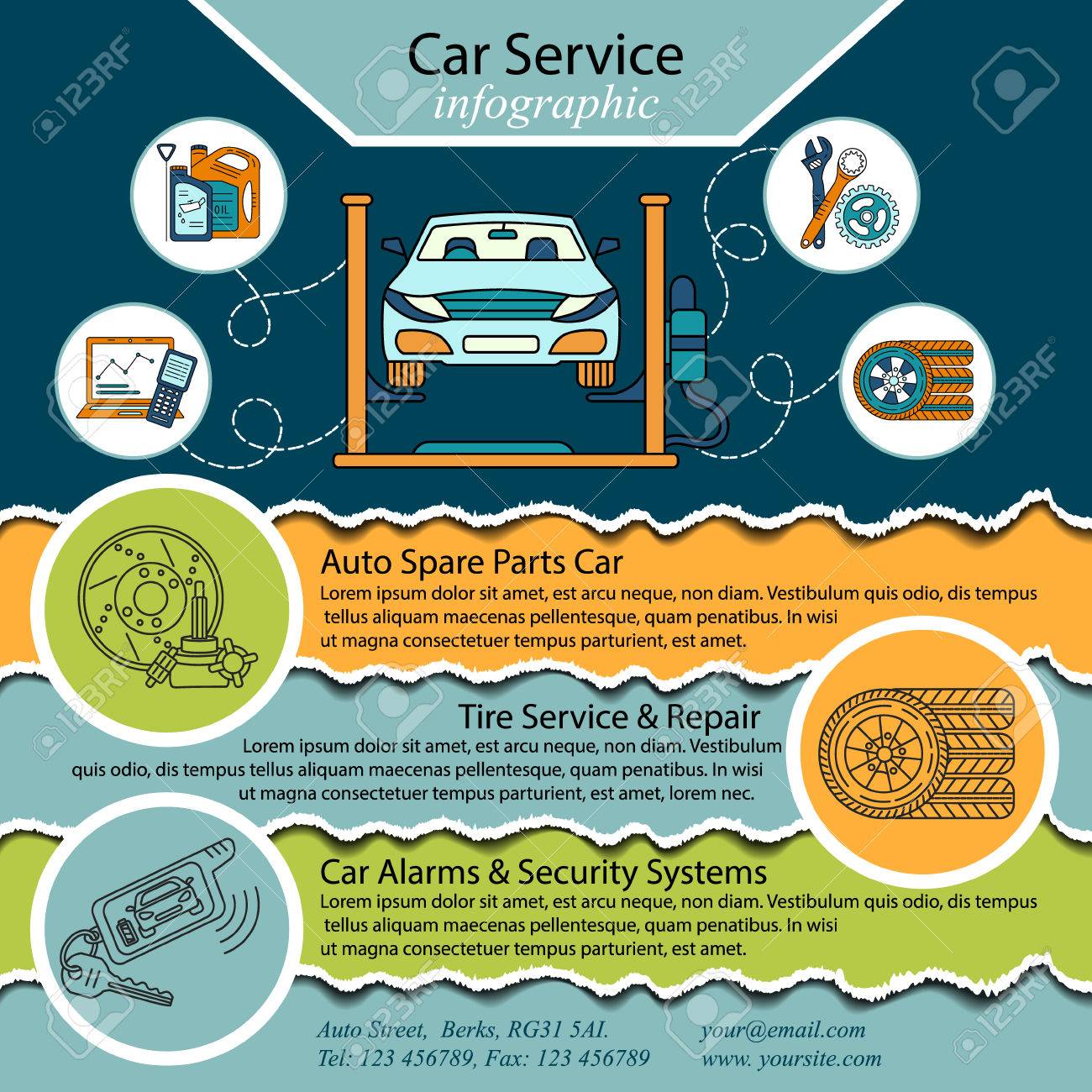Evaluating Your Automobile'S Warning Indicators: What They Actually Share
Evaluating Your Automobile'S Warning Indicators: What They Actually Share
Blog Article
Web Content Created By-Lim Corbett
When you're behind the wheel, those glowing caution lights on your control panel can be a bit difficult. Do you recognize what they're attempting to tell you concerning your car's health? Recognizing the significance of these lights is essential for your safety and security and the longevity of your car. So, the next time among those lights turns up, wouldn't you intend to decipher its message accurately and take the necessary actions to address it?
Common Warning Lights and Interpretations
Identify typical warning lights in your vehicle and understand their meanings to guarantee risk-free driving.
One of the most normal warning lights include the check engine light, which signals concerns with the engine or discharges system. If this light comes on, it's important to have your automobile checked without delay.
The oil pressure cautioning light suggests low oil stress, calling for immediate interest to prevent engine damages.
A blinking battery light could recommend a faulty charging system, potentially leaving you stranded if not addressed.
The tire pressure monitoring system (TPMS) light informs you to low tire stress, affecting vehicle security and fuel performance. Ignoring this can cause dangerous driving problems.
The abdominal muscle light shows a problem with the anti-lock stopping system, endangering your capability to quit promptly in emergency situations.
Lastly, car inside clean warning light warns of engine getting too hot, which can lead to extreme damages otherwise settled quickly.
Comprehending these usual warning lights will certainly assist you address issues quickly and keep secure driving conditions.
Importance of Prompt Focus
Comprehending the usual caution lights in your cars and truck is only the primary step; the relevance of immediately resolving these warnings can't be emphasized sufficient to ensure your safety and security on the road.
When a caution light brightens on your dashboard, it's your car's method of connecting a potential issue that needs focus. Disregarding these cautions can result in more extreme issues down the road, jeopardizing your safety and possibly costing you more in repairs.
Motivate attention to warning lights can avoid breakdowns and mishaps. For example, a flashing check engine light might suggest a misfire that, if left unattended, might cause damage to the catalytic converter. Addressing this without delay can save you from an expensive repair.
In a similar way, a brake system alerting light could indicate low brake liquid or worn brake pads, critical parts for your safety and security when driving.
DIY Troubleshooting Tips
If you observe a caution light on your dashboard, there are a few do it yourself fixing pointers you can attempt prior to looking for specialist assistance.
The initial step is to consult your cars and truck's manual to comprehend what the details caution light indicates. Sometimes the problem can be as easy as a loose gas cap causing the check engine light. Tightening the gas cap may resolve the issue.
One more typical problem is a low battery, which can trigger different warning lights. Examining the battery links for corrosion and guaranteeing they're protected may fix the issue.
If a warning light continues, you can attempt resetting it by separating the cars and truck's battery for a few mins and after that reconnecting it. In https://www.clickondetroit.com/news/michigan/2022/07/21/aaa-tips-for-keeping-your-car-running-smoothly-and-your-kids-safe-as-heatwave-hits-michigan/ , checking your automobile's liquid levels, such as oil, coolant, and brake liquid, can help fix advising lights related to these systems.
Final thought
In conclusion, comprehending your automobile's caution lights is vital for maintaining your vehicle running efficiently and safely. By quickly resolving these informs and knowing what they mean, you can stay clear of pricey fixings and potential malfunctions.
Bear in mind to consult your vehicle's handbook for certain information on each alerting light and take action as necessary to make sure a trouble-free driving experience.
Keep informed, remain secure when traveling!
